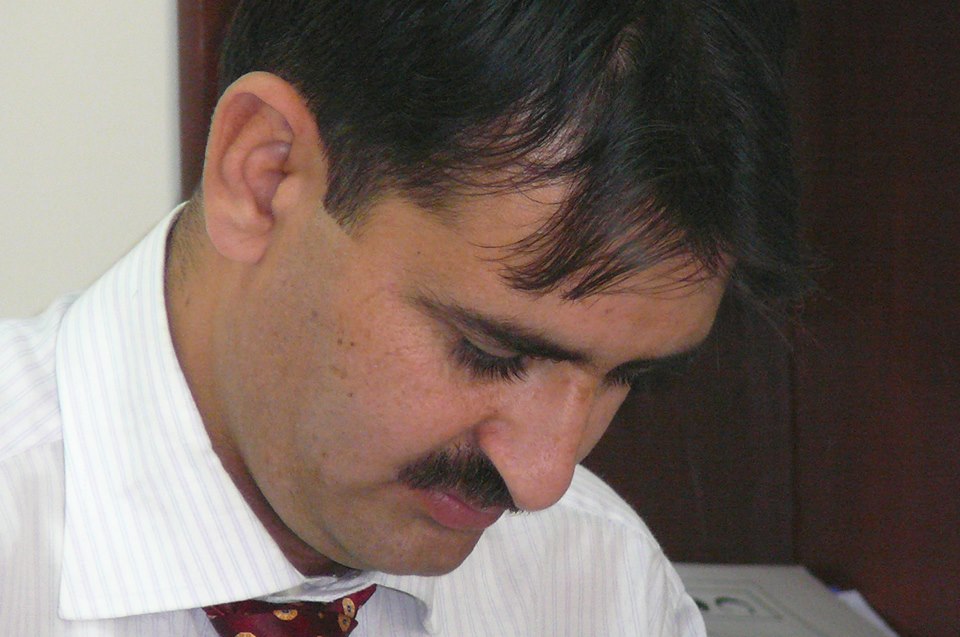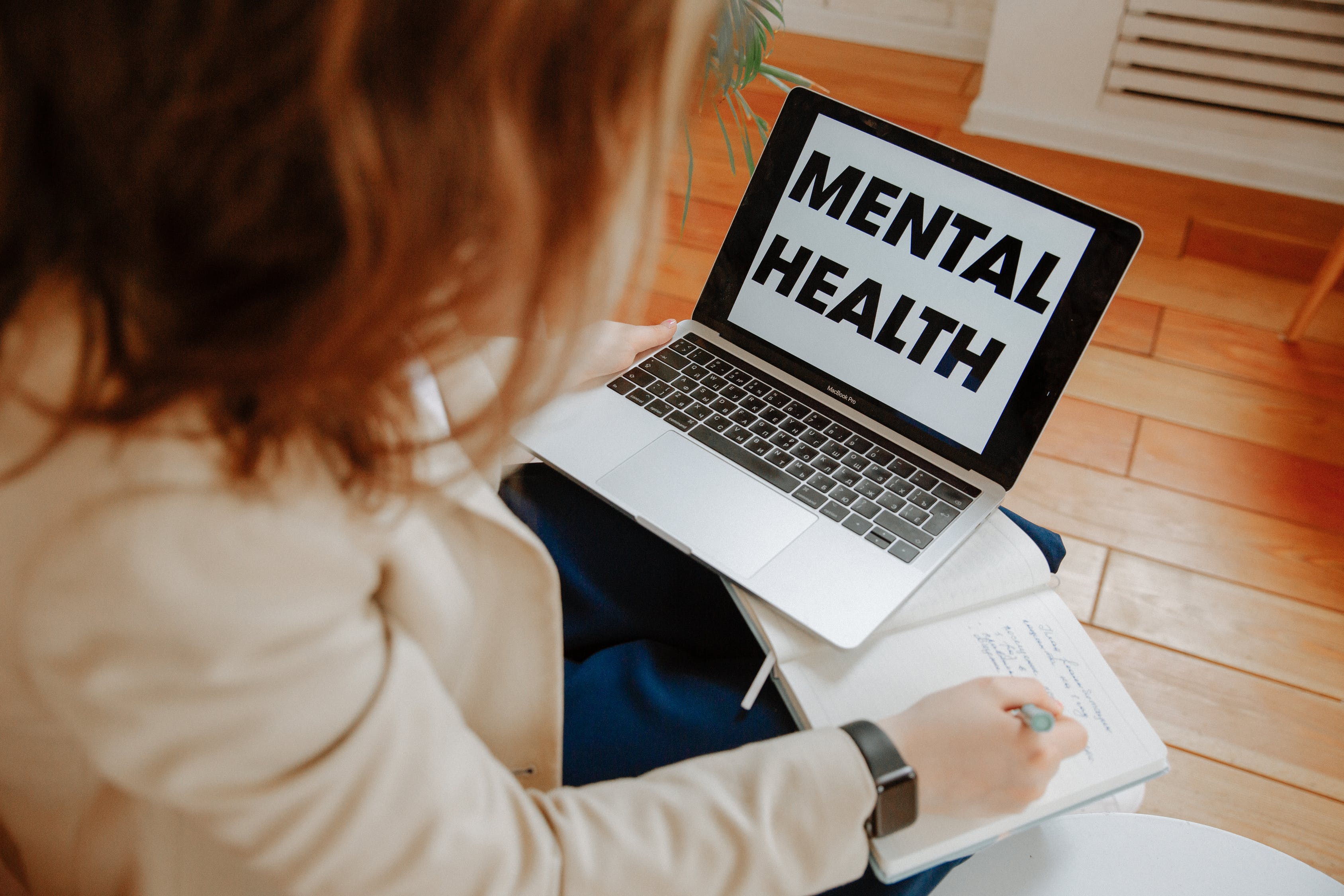The World Health Organization (WHO) defines health as“… a state of complete physical, mental and social well-being and not merely the absence of disease or infirmity.”
The psychiatry deals with the mental aspect of health. People can have a hard time with certain situations, coping with a death, accepting that we or someone else we care about has a certain illness and may die. We may have a hard time interpreting our own emotions, processing a relationship, adapting to a new situation, and so on.
Many of these cognitive processes are considered normal, such as grief. People need time to recover from certain losses, and the period in which we grieve for this loss is called grief. When sad episodes continue for a long time and interfere with our normal functioning, clinical terms such as depression can be used.
The difference between the terms “grief” and “depression” in this case is arbitrary; they are agreements between language users. The people who make these kinds of appointments are psychiatrists, doctors and psychologists.
To help people as well as possible, the psychological and physical complaints that people regularly suffer from are collected. These complaints are grouped and classified so that care providers can easily recognize clusters of complaints or symptoms as a specific clinical picture. When a doctor recognizes a certain clinical picture, he makes a diagnosis. Making the right diagnosis is important to choose the right treatment. After all, successful treatments have been found for various groups of complaints. These are ways we can reduce our human suffering. The efficiency of treatments can be investigated and compared. Some treatment methods take less time and less money than other methods. If two different treatment methods work equally well,
Classifying Mental Illness
There are several classification systems that are used internationally to diagnose mental illness. The most commonly used are ICD and DSM.
1. ICD
ICD stands for International Statistical Classification of Disease and Related Health Problems. It is a medical classification system established by the World Health Organization and contains a list of all diseases, symptoms and conditions in which diseases can occur. ICD-10 is the tenth edition of this work.
2. DSM
DSM stands for Diagnostic and Statistical Manual of Mental Disorders. DSM contains an overview of all recognized mental disorders, their definitions and treatment methods. It has been prepared by the American Psychiatric Association and serves as a guide for medically trained people in diagnosing and seeking appropriate treatment methods for their patients. Based on discussions between specialists, the definitions in the DSM are adjusted every x number of years, after which a new revised version of the book is published. For example, DSM-IV-TR is the fourth revised edition of DSM. TR stands for text revision. The 5th edition of DSM was published in May 2013 (DSM-5).
Criticism of DSM
In recent years, there has been considerable criticism of DSM. For example, DSM is regularly accused of being unscientific. One of the reasons why DSM is considered unscientific is because it is based on agreements between psychiatrists and psychologists rather than on neurobiological or physical indicators.
The DSM books are produced on the basis of discussions between colleagues. The American Psychiatric Association holds meetings; during these meetings, the members of the APA discuss the experiences from their practice and try to agree on the technical terms used. They discuss which complaints or symptoms they regularly encounter and agree on the basis of which symptoms are discussed about a certain clinical picture, and what the appropriate treatment methods are if a client meets the criteria for this clinical picture.
So DSM is the result of meetings. It is a product based on consensus between experts. This has an important practical use: it ensures clear communication. In this way, colleagues know what is meant by clinical terms and have a basic definition that they can then deviate from in subsequent discussions or meetings. In this way, DSM provides guidance for mental health care providers. It gives an overview of symptoms; it shows the syndromes that are known and the treatment methods that have proven successful in comparable situations.
Another recurring criticism of DSM is that too many cognitive states such as mental illness are stigmatized. Also thoughts and emotions that would be normal would be considered unnecessary by DSM as psychiatrists and psychologists. This is objected to for economic reasons (medication and treatments cost money). However, objections are also raised for ethical or social reasons. Granting a diagnosis would stigmatize people and certain stigmas can be socially troublesome.
Fancy-sounding disorders such as ADHD, Asperger syndrome and HSP are indeed popular and it is also quite unnecessary to immediately label more sensitive people as highly sensitive and playful children as hyperactive, but DSM is therefore not an end product. It is a tool to reduce human suffering, and the criticisms made of DSM are also part of the process of improving healthcare. Even if the new DSM-5 still does not meet all the requirements, it can still be a useful tool. After all, what matters is not the manual itself, but the way it is handled. If people are sufficiently aware of the way in which diagnoses are made and the reasons why classifications can be useful, the known limitations need not be too problematic.


